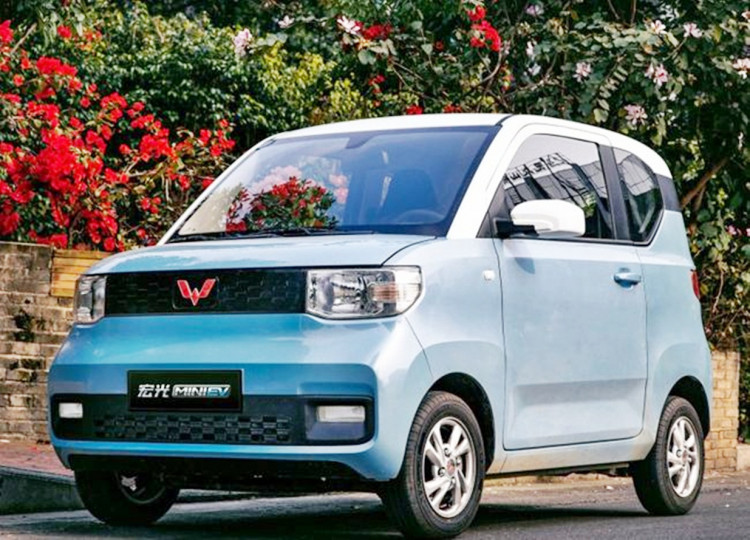China has lowered to 20% from 25% its forecast for the share new energy vehicles will have of all new car sales by 2025.
The downgrade for NEVs acknowledges the huge consumer demand destruction in China's car market, the world's largest, by the COVID-19 pandemic. NEVs consist of battery electric vehicles, plug-in hybrids and hydrogen fuel-cell vehicles.
The goal for NEVs to take 25% of new car sales by 2025 was set only last year by the Ministry of Industry and Information Technology. The lower goal is, however, four times larger than the current 5% share of NEVs, according to the State Council on Monday.
A policy paper by the State Council calls for significant improvements in the technologies used to make the components of EVs to lower their price. It encourages building more efficient EV charging and battery swapping networks.
The paper said the government would improve the green car quota system that guides carmakers in building more environmentally friendly vehicles
NEV companies such as Tesla, Inc., Volkswagen AG and NIO, Inc. are ramping up EV production in China, and anticipate selling 1.1 million EVs this year.
China's NEV market is returning to growth. In September, NEV sales rose by 8% year over year to 131,022. Plug-in hybrids were the bestsellers with sales up 66% year over year. The sales increased to 6.3% the share held by hybrids.
Plug-in car sales from January to September were 695,131. The market share held by EVs in China's car industry is 5.2% - of which 4.1% belongs to battery electric vehicles.
The top selling EV brand in September was the Wuling Hong Guang MINI EV with 14,495 retail units and fleet sales of 20,000 units. It received 20,000 orders in October.
The Tesla made-in-China Model 3 was second with 11,329 units. The top selling EV brand for the first nine months was the Model 3 with more than 82,000 units sold.






